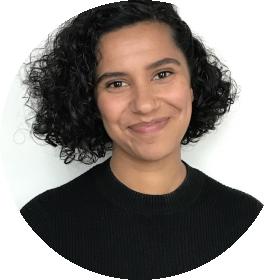
This art project brings to life the hidden stories of enslaved people found in the archives of NAN in a refreshing and interactive way. ORYZA Healing Ground is a collaboration between the National Archives, artist Tamara Shogaolu, and Ado Ato Pictures.
Acknowledging the Colonial Past
In recent years, the National Archives of the Netherlands has worked hard—alongside volunteers and others—to digitize and make accessible archival sources related to the Dutch history of slavery, such as WIC archives and emancipation registers. But who are we doing this for? And who is willing to delve into archives filled with painful histories—records often written by white Europeans who were part of the colonial system?
At the same time, public interest in the colonial past is growing, along with the desire to create space for perspectives and stories that were previously overlooked. The National Archives of the Netherlands aims to play an active and meaningful role in this.
That’s why the National Archives of the Netherlands has partnered with Tamara Shogaolu and Ado Ato Pictures for the ORYZA art project. The project offers an opportunity to visualize new knowledge and interpretations of the history of slavery, and to make archives more accessible to a broader audience—including communities who may have less access to archival research, but who feel a strong connection to the legacy of slavery. ORYZA is a powerful example of this.
Interactive Installation
At the heart of ORYZA Healing Ground is an interactive installation over two meters tall. It draws the eye with brightly colored animations based on maps and photographs from the National Archives of the Netherlands’s collection, along with mesmerizing quilt patterns. ORYZA—the scientific genus name for rice plants—symbolizes the ancestral agricultural knowledge passed down by enslaved people. These agricultural knowledge systems, which contributed to shaping the modern world, have been systematically erased from mainstream historical narratives. This artwork combines archival research, artificial intelligence (AI), and augmented reality (AR) storytelling to uncover that forgotten legacy.
“For centuries, history has been written by those in power, often excluding the voices of those who worked the land and shaped agricultural science,” says Tamara Shogaolu, Creative Director of Ado Ato Pictures, the studio behind the artwork.
“With ORYZA, we harness the power of emerging technologies and AI to recover these lost stories, so that visitors can discover narratives that should never have been forgotten.”
The Importance of Inclusive Approaches
Beyond highlighting the stories of enslaved people from the archives, the artwork also sheds light on the role of AI and other modern technologies in society. It confronts us with critical questions about who is excluded in algorithmic systems and emphasizes the need for inclusive approaches. This is especially relevant today, as technologies like these are increasingly used—even by institutions such as the National Archives of the Netherlands.
ORYZA Healing Ground will be on display at the National Archives of the Netherlands until July 6th, 2025.


